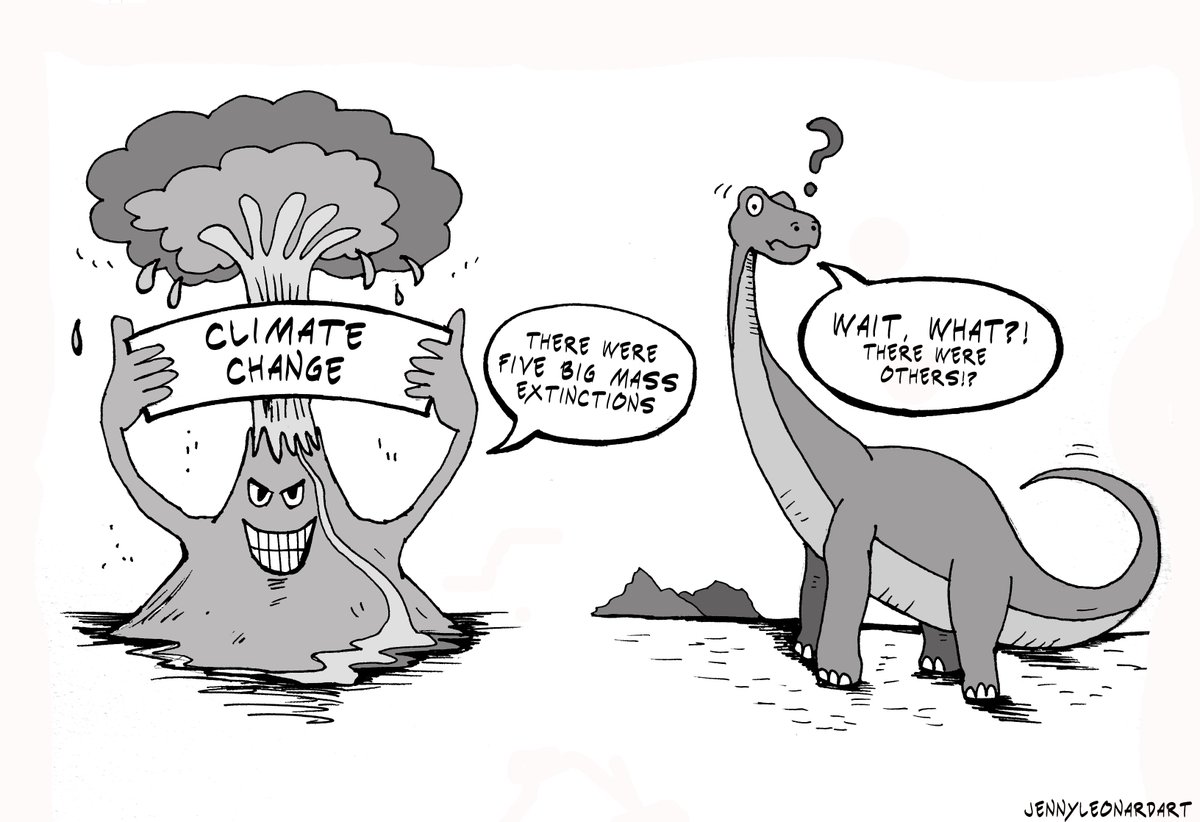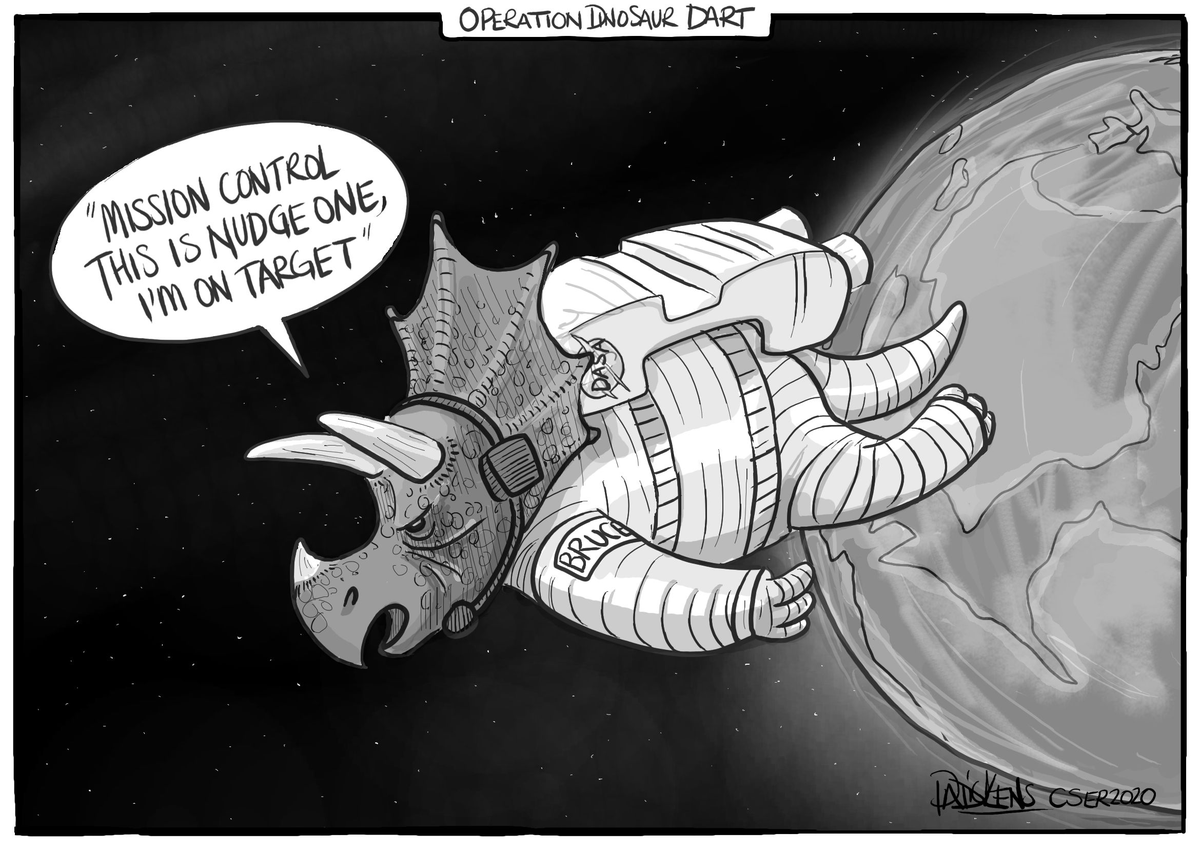Up next on Day 3 of #CCCR2020 is Session 5 “Threats without enemies: natural global disasters and their consequences”, with Doug Erwin @smithsonian @sfiscience and Lindley Johnson @NASA, chaired by @laramani14.
- @laramani14 is a researcher at CSER, with a background in geological hazards, particularly volcanic hazard education and communication practices in the Eastern Caribbean. Her work at CSER focuses on communication and outreach across a wide array of global catastrophic risks.
Doug is Senior Scientist and Curator of Paleobiology @smithsonian. His work spans evolutionary innovation and novelty, the Permian mass extinction and Early Triassic recovery, evolutionary dynamics of the regulatory genome, and history of Palaeozoic gastropods.
Lindley is the @NASA Planetary Defence Officer, tasked with warning and response to any potential impact of Earth by an asteroid or comet. He has been program executive for NASA’s Deep Impact mission and Discovery Program, and previously served 23 years of Air Force Active Duty.
Humanity has lived with certain GCRs throughout history. Natural hazards such as asteroid impact, super-volcanic eruptions and solar flares, are capable of pushing humanity toward extinction. These hazards form something of a baseline against which other risks can be assessed.
The scale of these risks may lead us to assume there is little we can do to protect ourselves, but through advancements in understanding and surveillance of such risks, we may now be able to reduce our vulnerabilities and exposures to them and increase our chances of survival.
This panel considers how should we think about these threats and what can they teach us about responding to global catastrophic risk in general?
Lindley discusses the asteroid impact hazard and planetary defence - what if the dinosaurs had a Space Program? What if we knew in advance that a 10 kilometre sized asteroid was on a path to impact Earth? What could/would we be able to do about it?
Although no known sizable asteroid is currently on an impact trajectory with Earth, many remain to be found. NASA and international partners maintain watch for natural near-Earth objects (NEOs) to discover and catalog these bodies and determine if any are a hazard to Earth.
Is it now within humankind’s grasp to prevent a natural global catastrophe? Can we plan for response to an actual impact threat, including emergency preparedness, developing an asteroid deflection campaign and coordinating national space agencies?
Doug discusses past biotic crises and response. The fossil record documents biotic crises at a variety of scales, from regional events to the five canonical Great Mass extinctions, each of which eliminated over 50% of known marine species.
Studies have shown that biotic crises have been frequent throughout history. Within a single extinction episode, the drivers and effects may vary greatly between different groups. The context of catastrophic events determines the magnitude of the biotic crisis.
Past mass extinctions did not end evolution, but rather spurred considerable evolutionary response, often generating ecological communities with very different structures from those that existed before the crisis. But there is often a considerable lag before new species emerge.
We've had some incredible artists help us summarise the abstracts of our panellists talks for #CCCR2020. Here's two for this panel.

 Read on Twitter
Read on Twitter



